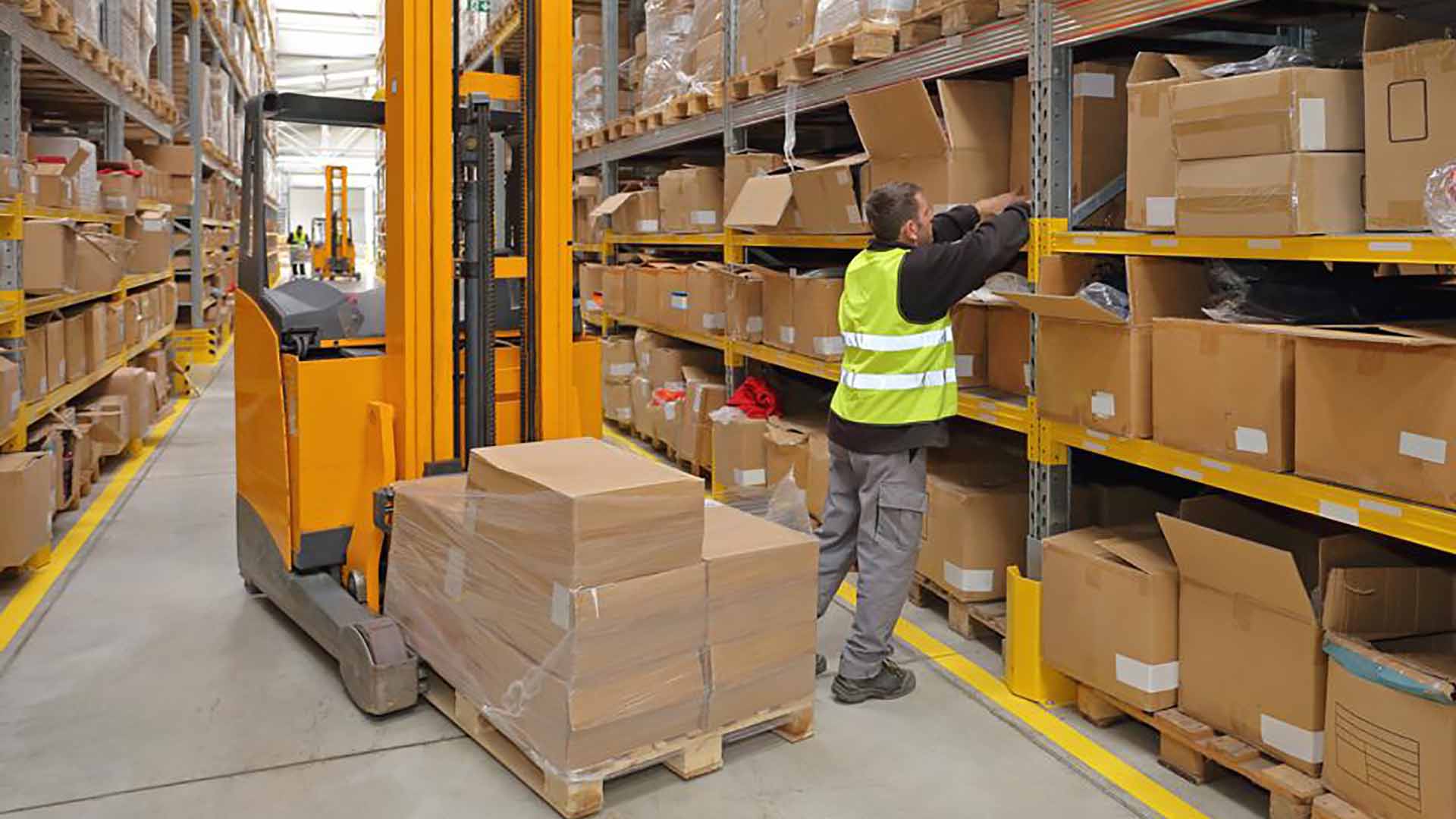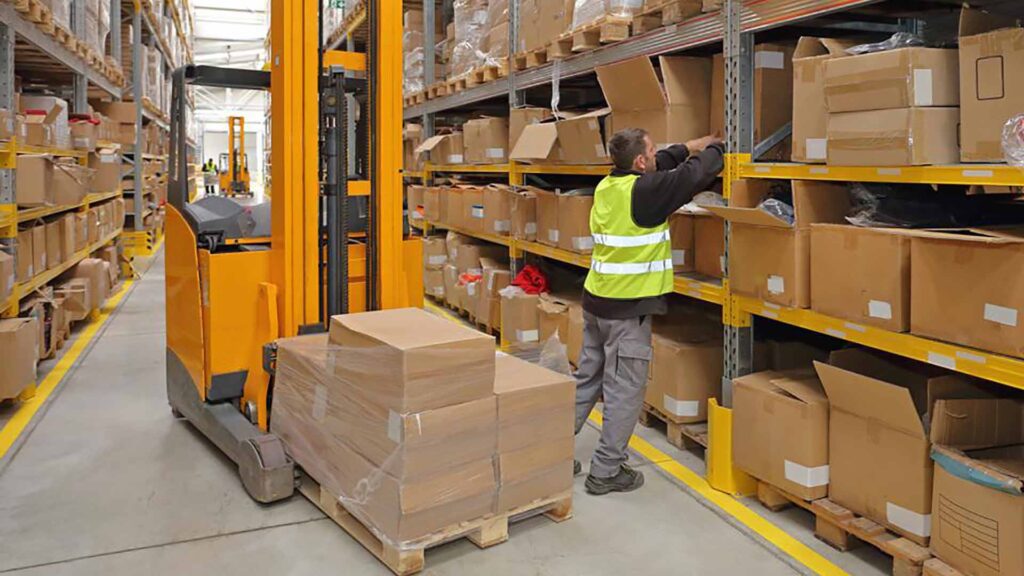
In the dynamic landscape of warehouse and fulfillment operations, optimizing order picking processes stands as a critical factor in meeting the demands of today’s fast-paced markets. Among the various strategies employed, “Batch Picking” has emerged as a key method, revolutionizing how warehouses handle multiple orders simultaneously. This comprehensive guide, “Batch Picking: All You Need To Know,” delves into the intricacies of this order fulfillment technique.
What is batch picking?

Batch picking is a warehouse order fulfillment method where a picker collects items for multiple orders in a single pass through the storage area. Instead of picking items for one order at a time, the picker assembles batches of products to fulfill multiple orders simultaneously. This method is particularly efficient for warehouses dealing with a high volume of small orders.
How does batch picking work? In 4 steps
It involves a series of organized steps to efficiently fulfill multiple orders in a single pass through the warehouse. Here’s a simplified explanation of how batch picking typically works in four steps:
Order Batching:
- Grouping Orders: Orders are grouped or batched together based on certain criteria, such as proximity of items, order priority, or similar product types. This grouping is done to optimize the picking route and minimize the picker’s travel time.
Picker Assignment:
- Assigning Batches to Pickers: Each batch is assigned to a specific picker or group of pickers. Pickers are equipped with a picking list or a mobile device that guides them through the warehouse to collect the items for all orders within their assigned batch.
Picking Process:
- Navigating the Warehouse: Pickers follow the designated route through the warehouse, collecting items for multiple orders along the way. The picking list or mobile device provides information on the location, quantity, and description of each item.
- Item Collection: Pickers gather the required items into a tote, cart, or other container. In some cases, automated systems or technology, such as pick-to-light or voice picking, may assist pickers in locating and verifying items.
Sorting and Packing:
- Batch Consolidation: After completing the picking process, pickers bring the collected items back to a central area. Here, items are sorted and divided into individual orders. This step is known as batch consolidation.
- Quality Check: A quality check may be performed to ensure that the correct items were picked and that the quantities are accurate.
- Packing and Shipping: Once items are sorted and verified, they are packed into individual order packages for shipping. This can include labeling, invoicing, and any additional documentation required for each order.
The batch picking process streamlines order fulfillment by allowing pickers to efficiently collect items for multiple orders in a single pass through the warehouse. This method is particularly effective in environments with a high volume of small, diverse orders. Advanced technologies, such as warehouse management systems (WMS), barcode scanning, and automation, can enhance the accuracy and efficiency of batch picking operations.
Top 5 advantages of batch picking

offers several advantages for warehouse operations, especially in environments dealing with a high volume of small and diverse orders. Here are the top five advantages of batch picking:
Increased Efficiency:
- It significantly improves picking efficiency by allowing a single picker to collect items for multiple orders in one pass through the warehouse. This reduces travel time and increases the overall throughput of the picking process.
Optimized Resource Utilization:
- By handling multiple orders simultaneously, batch picking optimizes the use of labor and resources. Warehouses can fulfill more orders with fewer pickers, leading to cost savings and improved operational efficiency.
Reduced Travel Time:
- Batch picking minimizes the need for pickers to travel back and forth between different areas of the warehouse. The picker can follow an optimized route, collecting items for multiple orders in a sequential manner, resulting in reduced overall travel time.
Order Consolidation:
- The batch picking process allows for the consolidation of items from multiple orders. After picking, items are sorted and divided into individual orders, streamlining downstream processes such as packing and shipping. This order consolidation enhances overall workflow efficiency.
Enhanced Accuracy and Quality Control:
- Batch picking often integrates technology, such as barcode scanning or pick-to-light systems, which helps ensure order accuracy. Pickers can use these tools to verify item locations and quantities, reducing the likelihood of errors during the picking process. Additionally, batch consolidation provides an opportunity for a quality check before items are shipped.
These advantages make batch picking particularly well-suited for industries with a high SKU count and a large number of small orders, such as e-commerce and retail fulfillment centers. The efficiency gains and resource optimization associated with batch picking contribute to a more streamlined and cost-effective warehouse operation.
What is the 5 purpose of batch picking?

Batch picking serves several purposes in warehouse and fulfillment operations, contributing to increased efficiency, reduced costs, and improved overall order fulfillment. Here are the five main purposes of batch picking:
Enhanced Efficiency:
- Multiple Orders in One Pass: It allows a single picker to collect items for multiple orders during a single pass through the warehouse. This reduces the travel time between different locations in the facility, leading to a more efficient picking process.
Optimized Resource Utilization:
- Cost Savings: By handling multiple orders simultaneously, batch picking optimizes the use of labor and resources. Warehouses can fulfill more orders with fewer pickers, resulting in cost savings and improved operational efficiency.
Reduced Travel Time:
- Sequential Order Picking: It involves a sequential order in which items for multiple orders are collected in a systematic manner. This minimizes the need for pickers to travel back and forth between different areas of the warehouse, reducing overall travel time.
Order Consolidation:
- Streamlined Downstream Processes: After picking, items from multiple orders are consolidated and sorted. This streamlines downstream processes such as packing, labeling, and shipping. Order consolidation enhances workflow efficiency and helps prevent errors during later stages of order fulfillment.
Improved Accuracy and Quality Control:
- Technology Integration: often integrates technology such as barcode scanning, pick-to-light systems, or voice picking. These technologies assist pickers in locating and verifying items, reducing the likelihood of errors. Batch consolidation provides an opportunity for a quality check before items are shipped, ensuring accuracy.
The purposes of batch picking align with the goals of many modern warehouses, especially those dealing with a high volume of small and diverse orders, such as e-commerce fulfillment centers. The method is designed to increase order processing speed, utilize resources efficiently, and enhance overall order accuracy, contributing to a more effective and competitive fulfillment operation.